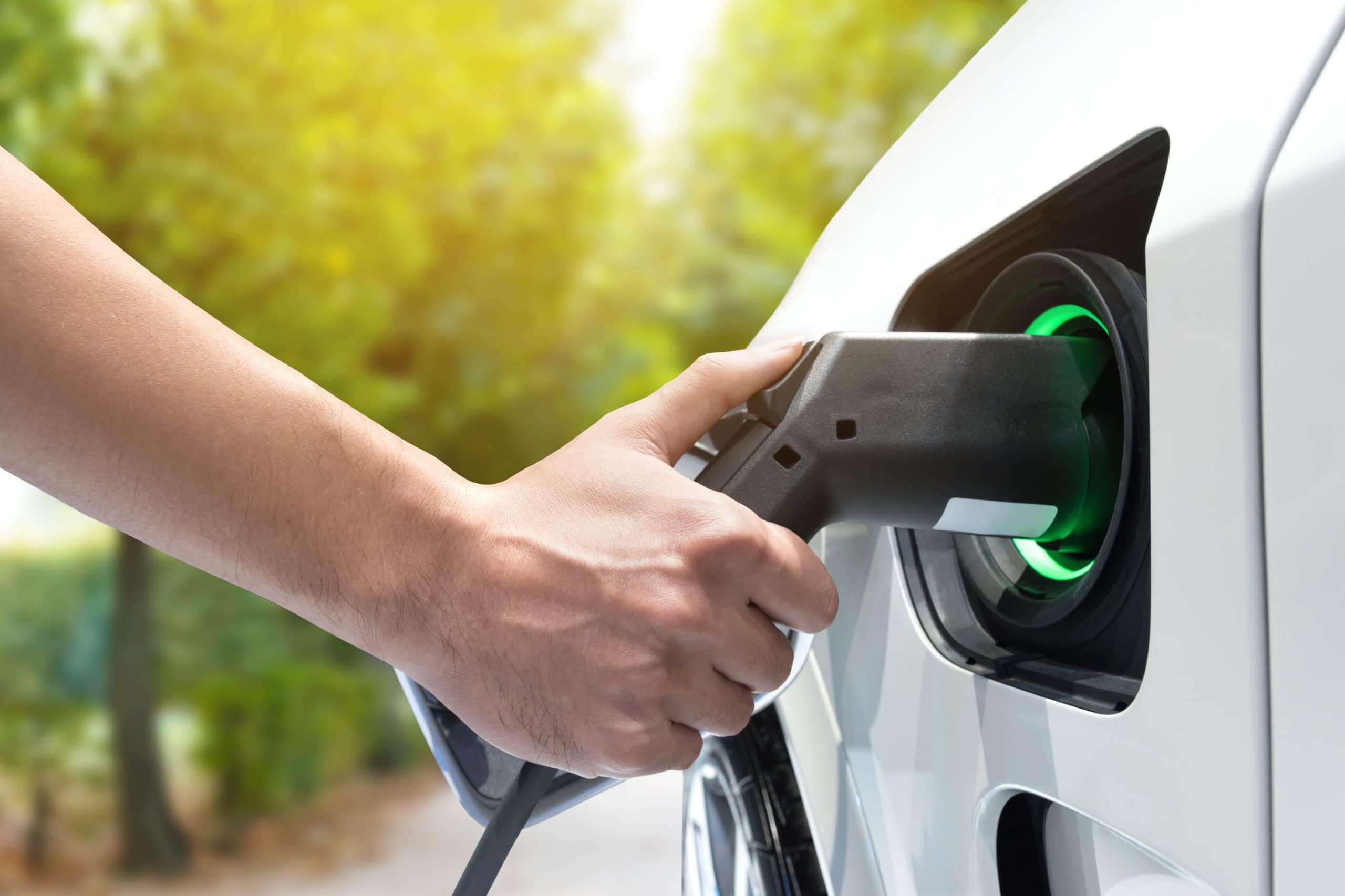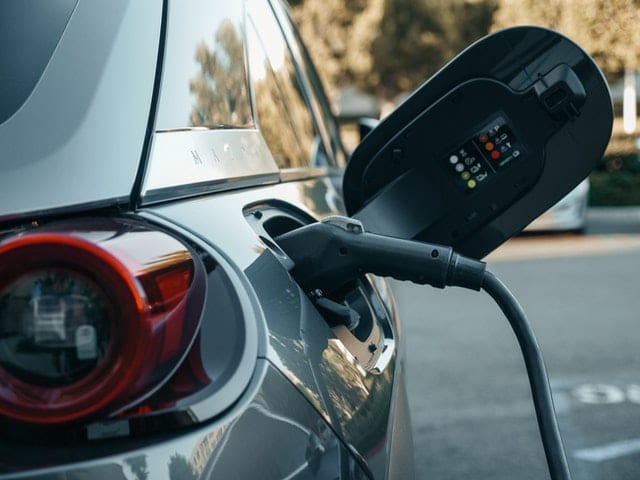With some exciting announcements around funding from the Australian Government, we’re seeing a significant increase in grant funding for electric infrastructure and vehicles. Australia is getting serious about a cleaner transport future and it’s more important now than ever to start thinking about your future fleets.
The Australian government has presented its Future Fuels and Vehicles Strategy, which provides for $250 million of investment in electric transport to include the expansion of electric car charging infrastructure and the establishment of hydrogen filling stations.
Below is a detailed overview of the specific measures being taken, or having been announced by each state around charging infrastructure network funding.
State: New South Wales
Activities for infrastructure
The NSW Government has announced a $490 million commitment to incentivise the EV uptake.
- The NSW Government has committed $171 million investment to help co-fund private operators for installation of EV charging infrastructure throughout the major highways of the state at the interval of 100 km, over the next four years. This includes $131 million for new ultra-fast vehicle chargers, and $20 million in grants to small tourism businesses over the next three years to boost EV infrastructure at regional tourism destinations. According to the EVC, until 2020, the overall investment in charging infrastructure by the NSW Government was around $5 million.
- They are developing guidelines for installation of charging points in roadside service centres
- They’re supporting EV charging through strategic land use planning and guides (NSW is creating a state-wide master-plan with Evenergi)
- The NRMA is investing $10 million in more than 40 fast chargers across NSW and the ACT:
- NSW Government and the NRMA will deliver at least 20 additional electric vehicle fast chargers to the existing regional network along NSW’s major highways. Previous to this announcement through its Electric and Hybrid Vehicle Plan the government plans to:
- co-invest in fast chargers in regional NSW
- co-invest in charging points in commuter car parks
- adopt preferred charging standards
NSW is also launching its Electric Vehicle Infrastructure and Model Availability Program:
- It will run competitive funding processes that will co-fund the deployment of fast electric vehicle charging infrastructure.
- It will also incentivise vehicle fleet owners, such as car rental companies, car share companies, and local councils to procure electric vehicles.
State: Queensland
Activities for infrastructure
Queensland launched EV Strategy in 2017
- They have previously delivered the Electric Vehicle Super Highway (QESH), totalling 31 stations with the investment of $5.3 million.
- Queensland are rolling out an EV destination charging network from 2017 onwards
- They’re developing a workplace EV charging trial
- Queensland has committed to invest $2.75 million for expansion of charging infrastructure by installing 18 new charging sites. The expansion will lead to the extension of the highway by 1800km into the regional outback.
State: Western Australia
Activities for infrastructure
The recent WA strategy includes:
- Up to $20 million has been allocated to support the creation of an electric vehicle charging infrastructure network
- Investment of $800,000 to install electric vehicle charging stations in government buildings to support the State Government electric vehicle fleet target
- Investment of $3 million to install two hydrogen refuelling stations – the two stations will generate renewable hydrogen, one station will be in Jandakot and provide hydrogen for fleet vehicles and another at Christmas Creek Mine, in the Pilbara, will power hydrogen buses
- Implementation of actions outlined in the State Government’s Distributed Energy Resources Roadmap that will assist the integration of electric vehicles, including consideration of incentives to promote daytime charging to help make best use of the midday solar generation peak and assessment of vehicle‑to‑grid technology forecasts. Buyback payments will be extended to energy exported to the grid from electric vehicles in the same way as rooftop solar
- Planning for the integration of electric vehicles in the electricity grid, including the deployment of charging points (household and fast charge) and trials to better understand the capabilities of vehicle‑to‑grid technology
- Tax exemptions on sales/use and leasehold till year 2025
State: South Australia
Activities for infrastructure
The South Australian Government is investing $18.3 million to deliver its Electric Vehicle Action Plan. This includes:
- An investment of up to $13.4 million towards developing a state-wide charging network
- Planning of 110 rapid highway charging stations installed across South Australia
- A network of more than 350 fast destination chargers installed across major metropolitan centres, including an expected 100 destination chargers installed across Adelaide
- An initial investment in September 2020 of up to $3.6 million on EV smart charging trials
- Seeks $25 million of private investment in public charging stations
- The State Government invites businesses and communities to be a part of a statewide project for charging infrastructure development
State: Victoria
Activities for infrastructure
In its recently announced plan, the Victorian Government has committed $19 million for charging infrastructure.
- This investment will establish a fast-charging network at key tourist places, community destinations, and high use locations.
- As part of a $100 million plan to drive ZEVs uptake, the State Government is investing $5 million for 100 charging stations (80% of this investment will go to Regional Victoria)
- The Government has also provided the funding of $644,000 to install chargers across 17 sites in the Loddon Mallee region and $3 million to install ultra-rapid chargers connecting Euroa, Moe, Torquay, Ballarat and Horsham.
- VIC has published a charging map with all available and planned stations
- It’s also published its draft 30-Year Infrastructure Strategy (2020)
- The Victorian Government has provided $3 million funding to support Chargefox’s roll-out of seven ultra-rapid charging sites across the state
- Victoria is the first state in Australia to introduce the latest generation ultra-rapid EV charging stations capable of fully charging an Electric Vehicle in under 15 minutes and sourced from 100% renewable energy.
State: Australian Capital Territory
Activities for infrastructure
ACT Government is working on a ZEV Public Charging Master Plan (to be launched later in 2021) for a charging infrastructure roll-out including 50 publicly accessible chargers.
- They’ve introduced 29 public stations (2019)
- ACT has launched its 2018-21 strategy
- They’ve facilitated the installation of further charging points in the ACT and on major routes to Canberra
- Streamlined the approvals process for installation of publicly accessible electric vehicle charging points
- The ACT Government seeks to amend the Parking and Vehicle Access General Code to require all new multi-unit and mixed use developments to install vehicle charging infrastructure
- They’re working with local and state governments to facilitate the installation of charging stations on major routes to and from Canberra including routes to Sydney and coastal areas
- Conducting a feasibility assessment for the installation of covered car parks with solar powered vehicle charging stations
- To support the integration of EVs in the ACT, a $2.5 million grant for V2G technology trials was announced in 2020 through ARENA. This grant also supports the instalment of 51 bi-directional charging stations across the ACT and upgrades of ACT Government buildings to host charging infrastructure.
State: Tasmania
Activities for infrastructure
Tasmania’s state-wide electric charging network comprises of 14 fast chargers, from Geeveston to Scottsdale, and Queenstown to Burnie, as well as the Midlands in between. The network ensures that mid-range vehicles can travel nearly anywhere around the state.
- The State Government invested $600,000 for 14 fast chargers and 23 workplace and destination chargers.
- Tasmania’s ChargeSmart Grant Program is committed to $2.5 million investment in charging infrastructure throughout the state.
- They’ve offered a number of grants for charging (2019):
- ChargeSmart Fast Charging Program offered grants of up to $50,000 to support organisations to purchase and install Direct Current (DC) electric vehicle charging stations.
- Destination: to $2,500 to support organisations to purchase and install Alternating Current (AC) electric vehicle charging stations for public use.
- Workplace: up to $5,000 to support workplaces (e.g. councils, businesses and not-for-profits) to purchase and install electric vehicle charging stations
- The Electric Vehicle Fast Charger Scheme, offers a refund of up to 50% cost rebate of the TasNetworks charges for power supply, only when considering installation of DC fast chargers for public use





